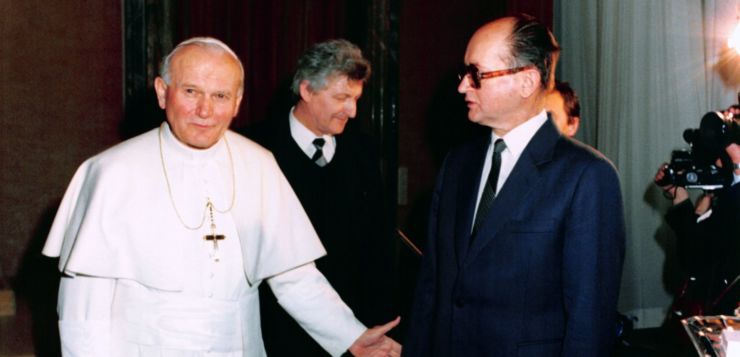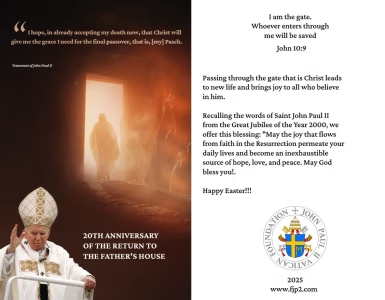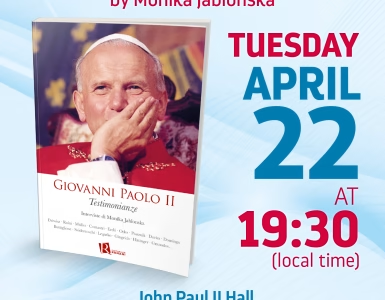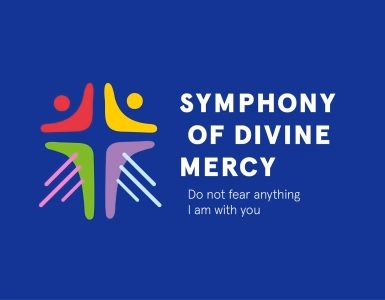It was time for a second trip to Poland, in June 1983. The trip very coveted by John Paul II, despite the obvious risk of legitimacy of martial law. A difficult pilgrimage, full of obstacles, and not as general Jaruzelski portrayed it as a visit that “went without shocks”. In fact, the Pope threatened twice that he will return to Rome.
For the first time, it was immediately after landing at the airport in Warsaw. Contrary to the arrangements of both sides, Jaruzelski told the Holy Father that it would not be possible to meet Lech Wałęsa. But the Pope did not give up, demanding the agreements to be respected, otherwise- he said – he will return to Rome. The meeting took place in a mountain shelter, in the Chochołowska Valley, under the complete control of the Security Service. We were all – and the Holy Father was the first one – we realized this by looking at strange waiters: they were dressed agents. Then, Pope Wojtyła decided to talk to Wałęsa in the hallway. This way he also managed to give credibility to the figure and leadership of the trade unionist, who a little earlier was released from his internment site in Arłamów.
For the second time, John Paul II threatened to return to the Vatican when a government delegation arrived in Częstochowa with demands that he no longer mention “Solidarity” in his speeches. He, on the other hand, continued to talk about it, upholding her ideals in the hope of restoring movement in the future. During the final conversation with Jaruzelski, he explicitly demanded the abolition of martial law, considering it unworthy, humiliating for the Polish people.
This journey proved decisive – like the next one in 1987 – not only for the spiritual and moral strengthening of Poland, but also for the sustainability of the liberation process, which within a few years led to the fall of the Berlin Wall and, finally, communism itself.
With the permission of Cardinal Stanisław Dziwisz – “At the side of the Saint”
St. Stanislaw BM Publishing House, Krakow 2013





